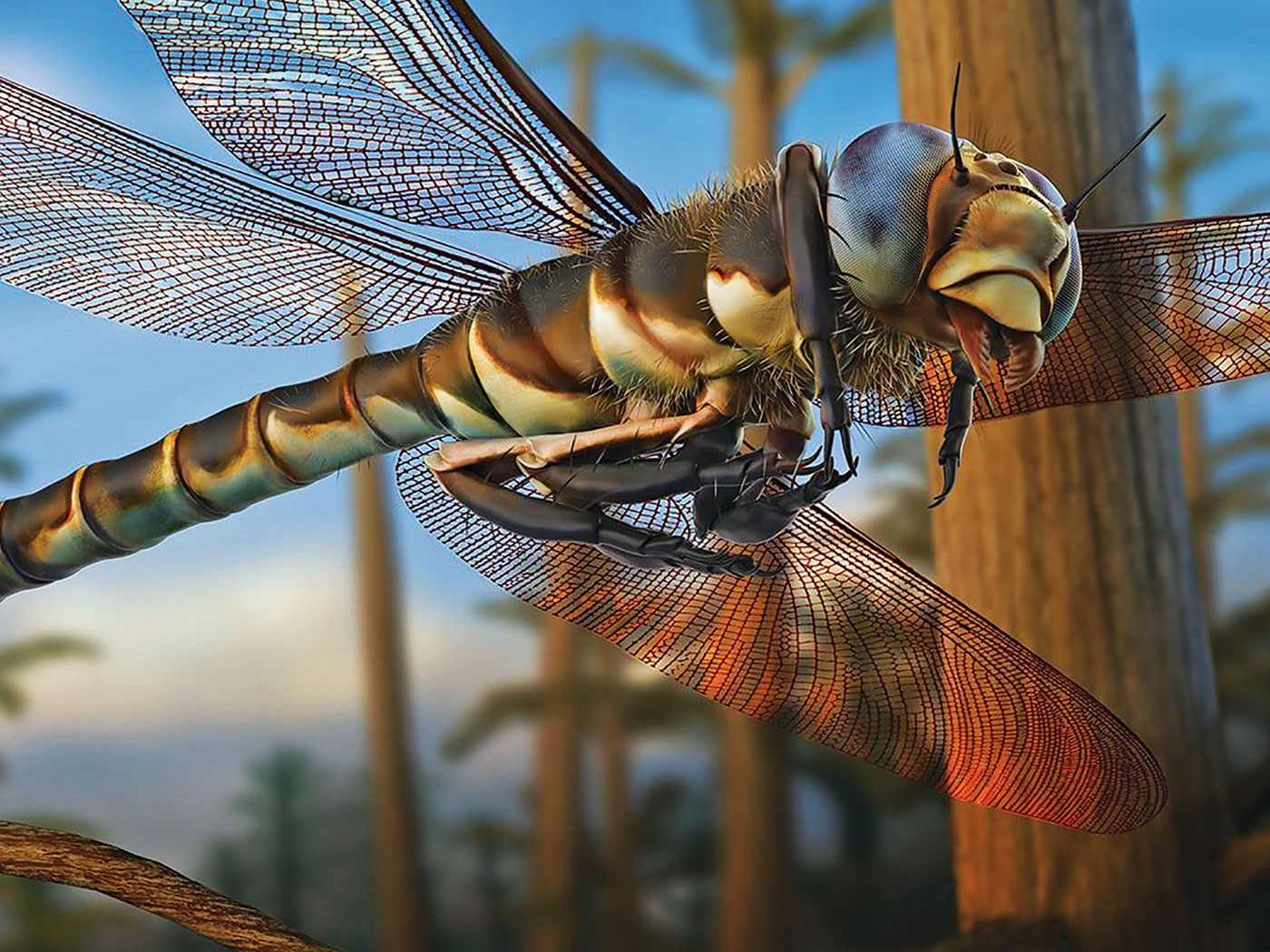A game that has traditionally stumped many people has proven to be no problem for ants. They were even able to find alternate solutions when the old ones were blocked. Scientists are hoping this humble insect's amazing puzzle-solving abilities can offer new ways to improve man-made networks.
The object of the Towers of Hanoi puzzle is to transfer disks of tapering sizes among three pegs until they are stacked from largest to smallest on a different peg from the one on which they started. Two main rules govern the game: only one disk at a time can be moved and it cannot be placed on a smaller disk.
The traditional puzzle with four disks can be solved in fifteen moves. Many other moves could be added, but they only result in shuffling the disks.
In research appearing in the Journal of Experimental Biology, scientists employed the puzzle to test ants' "optimisation" abilities.1 Since ants do not lift discs and slide them onto pegs, scientists worked the different possible solutions of the Towers of Hanoi onto a maze of hexagons. The shortest route to a food source corresponded to the fewest steps to the puzzle's solution, and the lead insects discovered it and signalled their fellow ants to use it.
But the researchers went one step further. They tested whether or not the ants could re-work a new route when the original path was blocked. Sure enough, in just as much time as it took for them to find the shortest route, the ants found the second shortest. This result was "contrary to previous studies,"1 which never suspected that ants could solve puzzles like this in a dynamic environment.
How did the ants do it? Nobody knows yet, but what is known is that when computer simulations attempt to copy the ants' problem-solving abilities, they "can't compete with the real things [ants] at finding routes through constantly changing networks."2
The ants solved the puzzle partly through communication using tiny amounts of a very specific chemical called a pheromone. Each ant is equipped with a pheromone detector that can sense just a few—possibly only one—individual pheromone molecules of a certain type.
The researchers said that more mechanisms than just pheromones might be involved to enable ants to be efficient and adaptive problem-solvers when it comes to calculating routes. It seems very likely that "they use an internal compass to help them reach their goal."3
How did ants acquire their ability to collect and coordinate data from different chemical pheromones, as well as compass input, then interpret and integrate that together and use it to compute a solution to the Towers of Hanoi puzzle? Also, where did their equally astounding traffic-jam problem-solving abilities originate?4 One answer given is that they "have evolved"1 over "millions of years."3 The alternative is that they were purposefully engineered with the specific abilities they would need. Unlike the former, the latter answer provides a sufficient cause for this amazing ant capacity.
Simply saying that ants "evolved" these specified skills boils down to a faith-filled assertion. And considering that there is no known natural mechanism that produces pheromone producers, pheromone sensors, data processors, or Towers of Hanoi-solving algorithms from nothing, that faith must be quite strong. And an appeal to "millions of years" backfires as an "explanation" when one considers the reality that over time natural systems break down and wear out, rather than gain ever-increasing complexity and sophistication.
Just as assuredly as the ant's skill in solving the Towers of Hanoi puzzle surpasses that of man-made computers, ants and all their amazing abilities were made by a Maker.
References
- Reid, C. R., D. J. T. Sumpter and M. Beekman. 2011. Optimisation in a natural system: Argentine ants solve the Towers of Hanoi. Journal of Experimental Biology. 214 (1): 50-58.
- Wall, T. Puzzle Solving Ants Inspire Programmers. Discovery News. Posted on news.discovery.com December 16, 2010, accessed December 20, 2010.
- Knight, K. 2011. Ant Strategies for Negotiating Obstacles. Journal of Experimental Biology. 214 (1): iii.
- Thomas, B. Ant Algorithms Argue Against Evolutionary Origins. ICR News. Posted on icr.org February 17, 2009, accessed December 20, 2010.
* Mr. Thomas is Science Writer at the Institute for Creation Research.
Article posted on December 29, 2010.

















